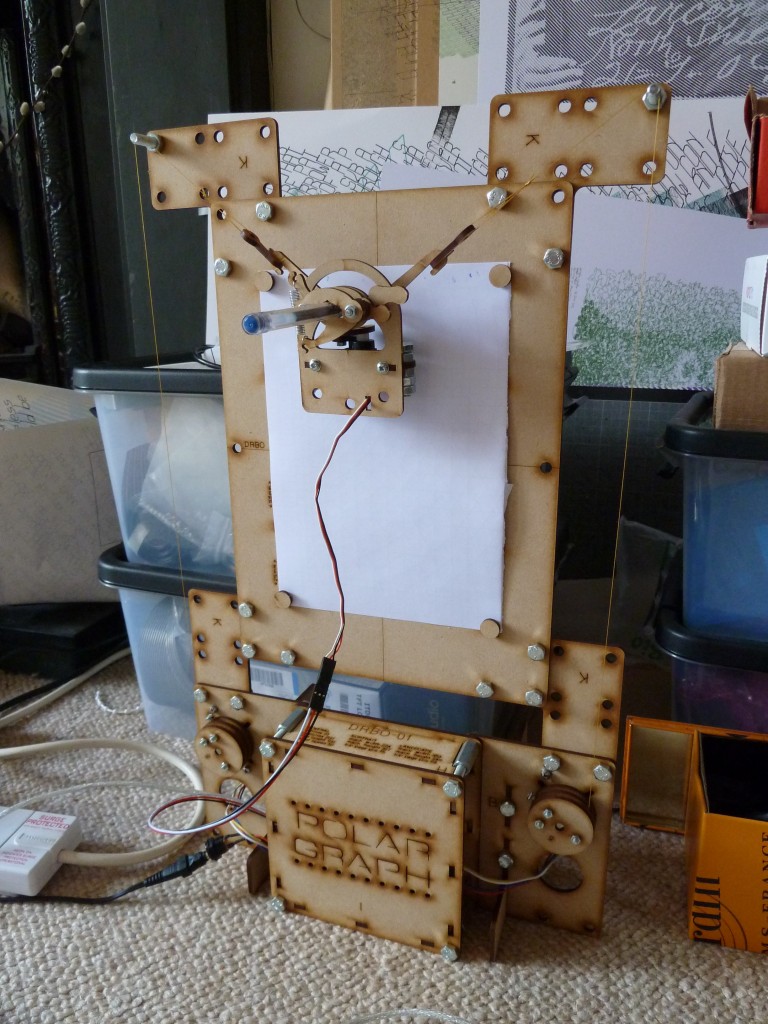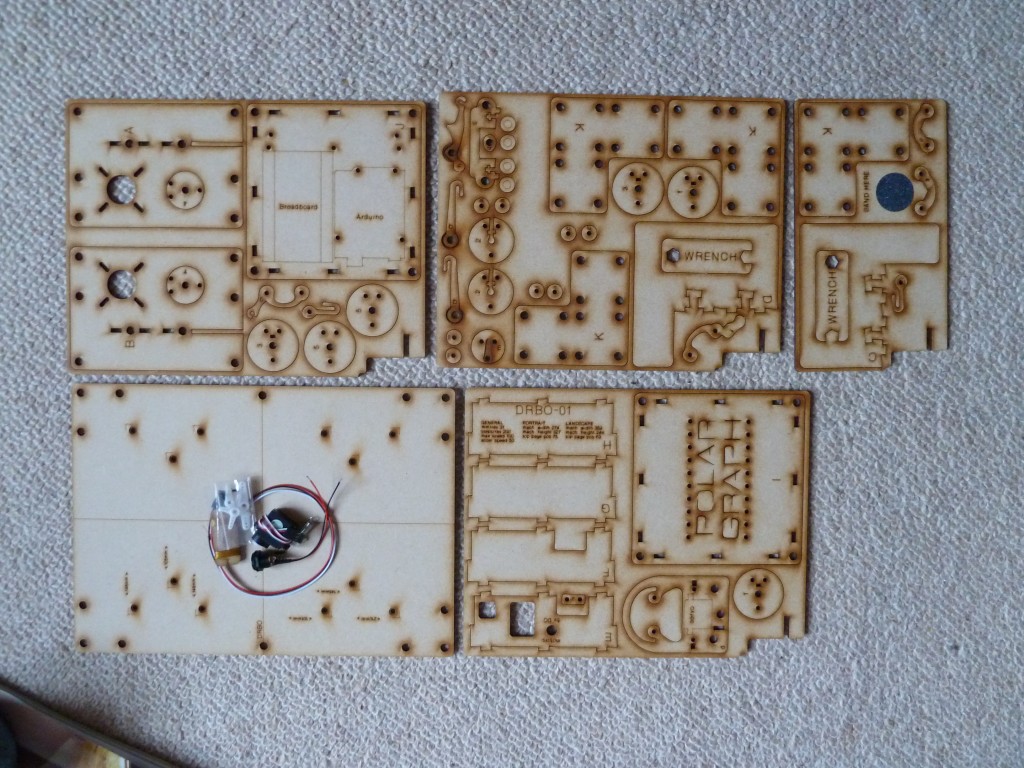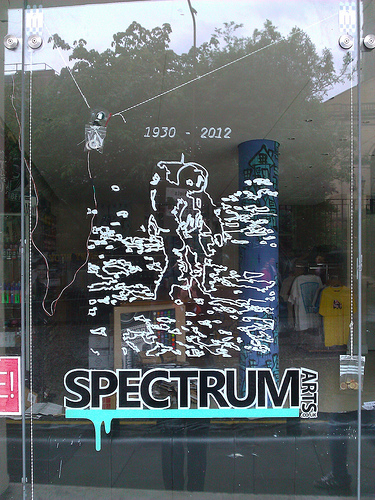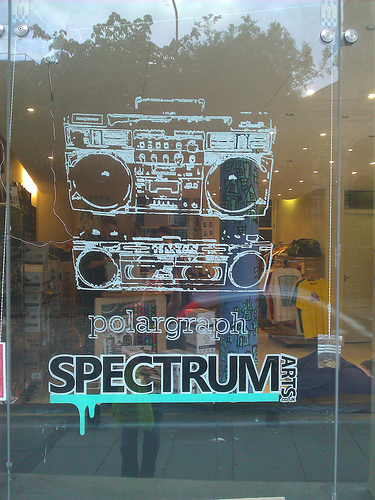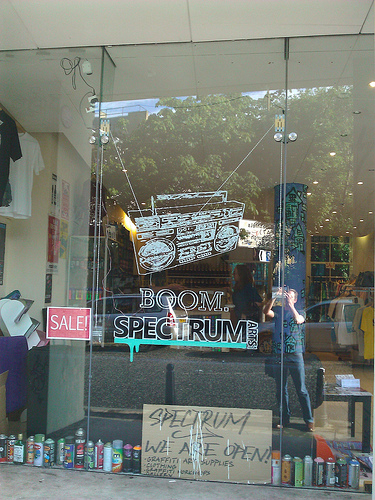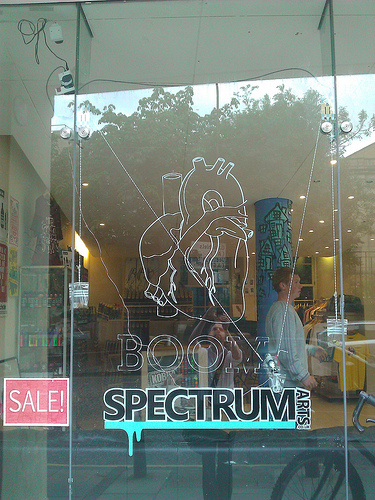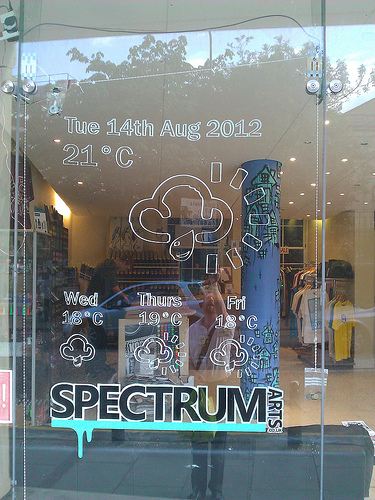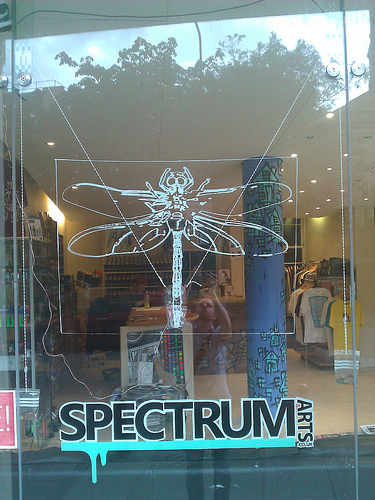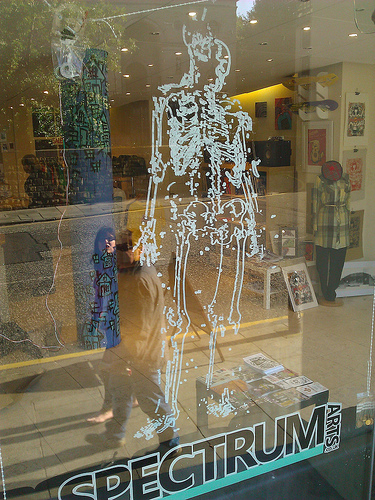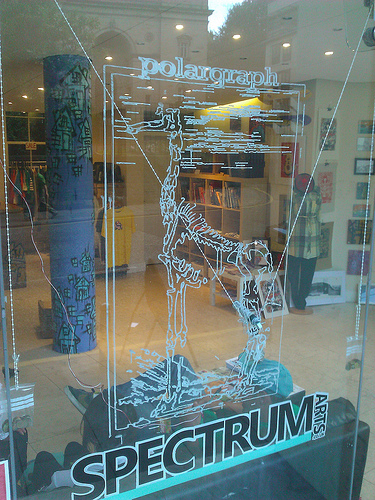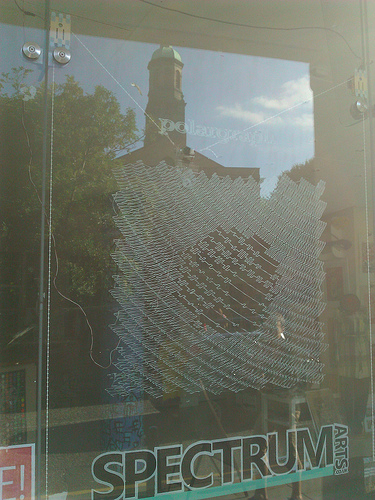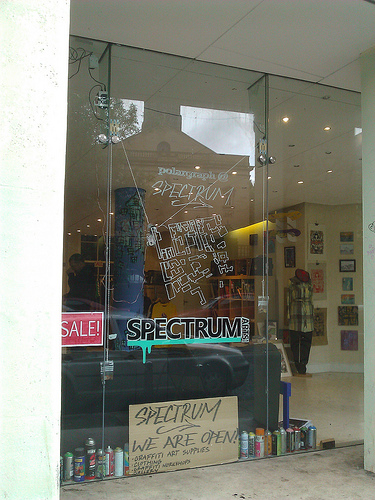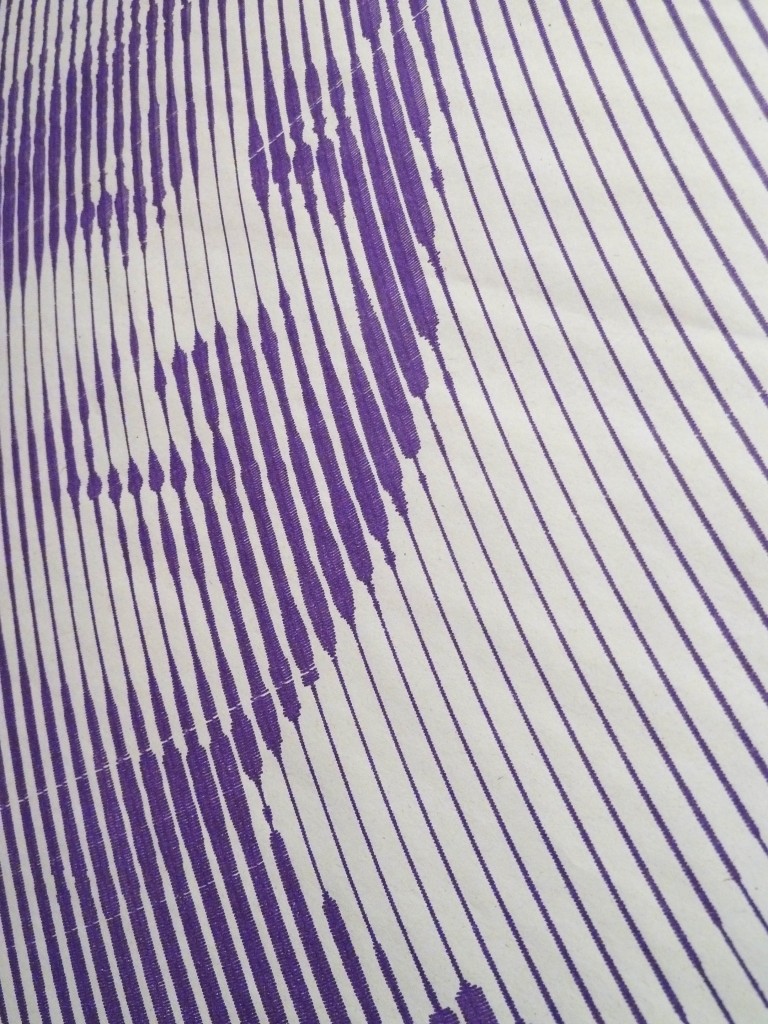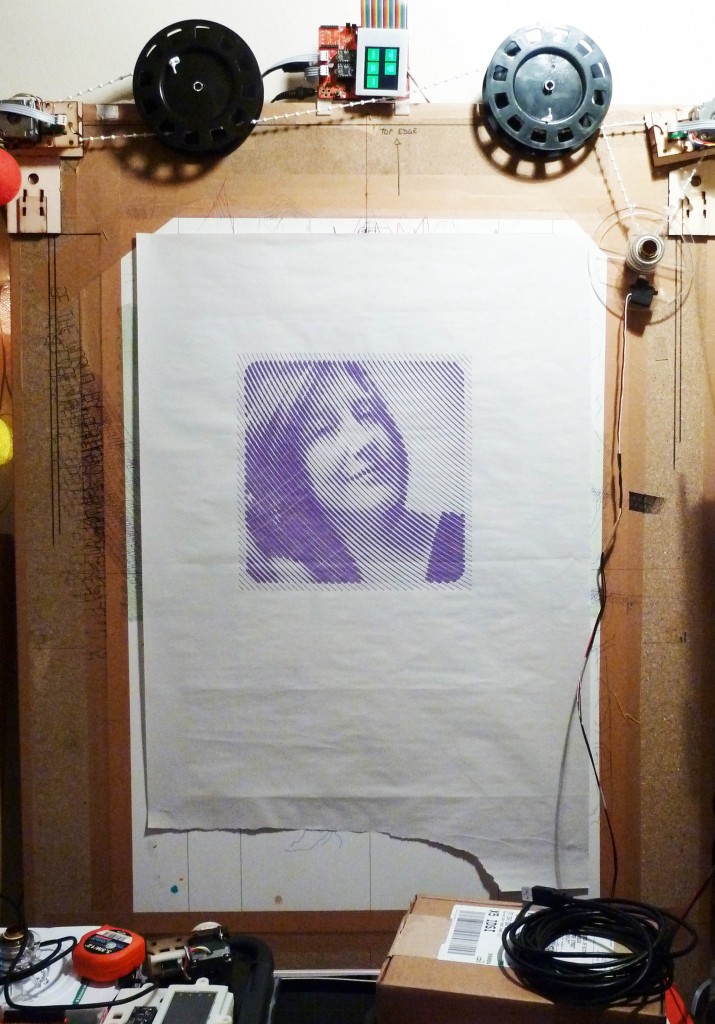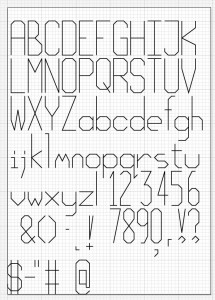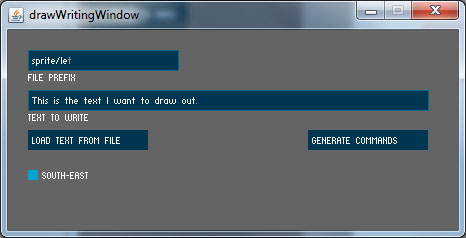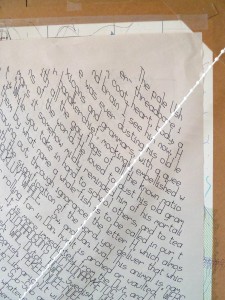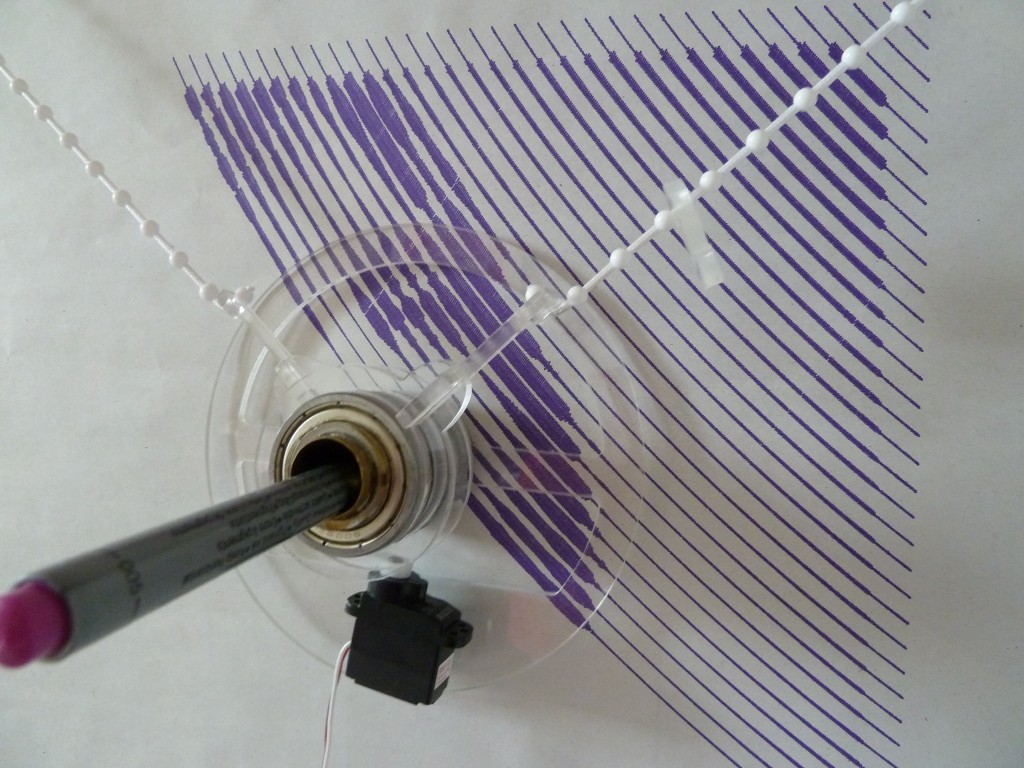Thank you to all the people who have terrified me by ordering PolargraphSD machines and vitamin kits. I have been gently buying up all the bits I still need, and have most things en route except for a critical component – motors. Turns out the factory has a summer holiday and shuts down for a month! So motors won’t be arriving until the end of the first week in September (a fortnight from now). Hopefully other stuff will be here by then, so most of the slow work will have been done and it won’t take long to assemble and test and pack.
I’m going to take a couple more orders before suspending – really a dozen or so is the most I’m comfortable owing folk, so there’ll be a pause while I figure out a smarter way of doing it.
Buying a Polarshield on its own
After talking with new forum member ITVirtuoso, I figured I should offer a polarshield-only pack. This would be either 1) PCB plus components to solder yourself or 2) PCB with all essential components soldered.
This is a little trickier than it might otherwise be because it’s an SMT design (0805 sized components), and a lot of folk aren’t quite comfortable doing surface mount stuff. But if I do only the SMT stuff, then it’s not quite complete enough to actually test. So actually 1) could be very cheap, and 2) could be comparatively expensive, considering what you’re getting, which would be a board full of connectors and resistors (pretty much). Don’t really know how much demand there’d be for either, so let me know if either appeal. How much fear does SMT hold these days?
Full colour drawings
The same new user as above has just started with his machine, and has already got some very impressive results – jumping right in with a full colour, four-layer CMYK drawing that looks pretty great to me, go and have a look!
Polargraphs from Manchester Maker Faire on Wired blog
My two partners in crime Stuart Childs (he of the DRBO) and Matt Venn (he of the energy monitor and the two-wire pen-lift mechanism) have been evangelising with their own polargraph-compatible machines around and about this year, and were at the Manchester Mini Maker Faire last month to great effect.
Wired’s Geekmom covered it and has positive things to say. Thanks to Stuart for pointing this out, and for both of them for being such enthusiastic supporters.

